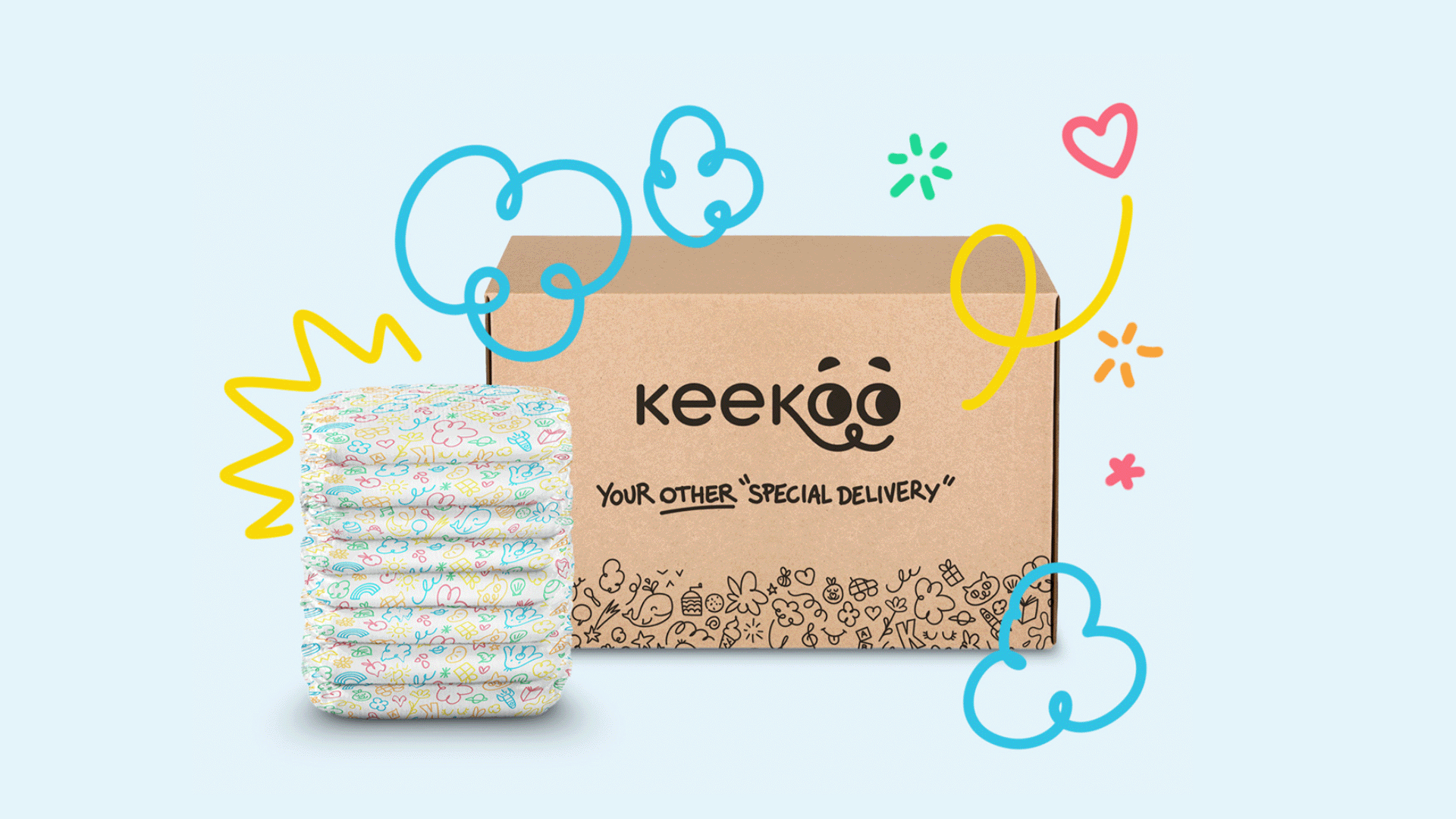Feeding your child is one of the most stressful moments (among many others...) in parenthood. When breast-feeding, we often ask ourselves: is he eating enough? Is he suckling well? Is he putting on enough weight? You won't have much time to rest, as the next questions concern food diversification. So when should you start and how should you manage it? MotherStories' advice, in collaboration with YAMO, on when to start and how to manage food diversification during this key stage in your child's development .

To begin with, rest assured that your child will eat, but at his or her own pace (often trying to follow in the footsteps of siblings or friends).
Diversification takes place between the4th and 6th months, in addition to breast milk or formula. Generally speaking, we start by introducing purees (sweet and salty) of one food at a time, such as pureed carrots. This is what we call the "classic" method. Today, we also hear about DME.
What is DME?
It's child-led diversification. It's a method that claims to be more fun and enjoyable for the child. The idea is for them to discover solid foods on their own, by eating small pieces instead of purees the size of their closed fist, with their fingers instead of a spoon. This method is generally introduced to children over 6 months of age. They need to be able to put food in their mouths and eat on their own.
DME is particularly recommended for babies and children who simply don't like purees and porridge, or who have older siblings who will inspire them to eat "like a grown-up" at the family table. Your child doesn't need to have teeth for this, as babies can also chew soft foods with their palates. With this method, breastfeeding continues or a bottle is offered until the baby is weaned.
To find out more, ask your paediatrician.
Whether you opt for the "classic" method or DME, you need to do it gently, gradually and, above all, without force. The meal must remain a convivial and positive moment (for everyone).
4 signs that your child is ready for diversification :
- He can sit upright without support in a high chair.
- He is able to support and control his head.
- He shows an interest in food (when he makes mimic gestures with his mouth to express his desire to taste).
- The sucking reflex has disappeared and he can open his mouth and close his lips on a spoon (otherwise he risks pushing the food away with his tongue).
Sooner or later, your child will express that he's ready to try new things. For some parents, diversification goes like clockwork, as the child looks forward to eating and discovering new flavors. For others, it will be challenging and a source of stress.
How to stay zen during meals?
- Dress yourself and your child in stain-resistant clothes (avoid the white silk blouse for yourself and the new Jacadi outfit given to you by Grandma. Avoid unnecessary stress and keep bibs and wipes handy.
- Protect your floor with a plastic or washable floor mat: www.nouinoui.com will help you let go when your child gets it everywhere. Breathe, it's no big deal.
- Don't be in a hurry. Take your time with the meal. Every child reacts differently to the introduction of new foods. One day, he may finish a whole jar of carrots, and the next day, he won't touch them at all.
- Pay attention to your child's signs (mentioned above). Maybe that day, your child will settle for a bottle of milk, and that's okay.
- Don't force your child to eat. If he doesn't like a new food, try again the next day, and if he's no longer hungry, don't force him. You can also try tasting the food yourself. Chances are, by mimicry, he'll do the same. And yes, you have to trick him!
Keep in mind that food diversification should remain a positive experience for him and for you. Set a good example and don't get frustrated. Stay calm and zen.
Homemade or industrial purée?
We want to do things right, so we (almost) always start by introducing fresh, organic, local vegetables and fruit bought at the market, before concocting homemade compotes and purées, which often turn out to be a headache without a name!
Again, that's fine, but there's no need to put monumental pressure on yourself. Between work, various appointments and daily stress, you won't always have the time or energy to do the shopping or spend hours in the kitchen, and that's okay.
Oh Miracle, potties do exist, and if you've never given one to your children, speak up now or forever hold your peace! However, it's essential to choose them carefully. Pay close attention to ingredients (fresh, natural, organic), additives (no salt or sugar) and processing methods (cold-pressed).
Just ask yourself: would you eat that little jar of vegetables that's been on the shelf for months, with a validity date of over 12 months? Probably not...
That's why we've been proud to collaborate for over a year with YAMO, a Swiss brand offering compotes and purées made with 100% natural, organic ingredients. Thanks to the gentle cold-pressing process, the vitamins, taste and natural colors of the food are preserved. We wholeheartedly recommend their products!
Want to try them out?
Take advantage of a 25% discount on your first order with the promotional code MOTHERSTORIES, to be quoted when purchasing on their website.
Share your experience with us.
Please contact us.
Your stories can inspire and reassure other moms. Motherhood is a daily challenge! Don't forget that MotherStories is here to inform and support you at every step of the way!



















Share this article